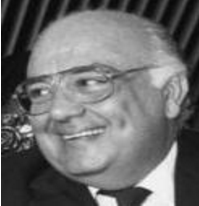The crisis in Venezuela did not happen overnight. Although Chávez and his successor Maduro are blamed for the turmoil, its seeds were sown much before Chávez come into the picture. Interventionism being one of the important causes behind the downfall of the country, it took what was once a country which was to join the ranks of the First World to a middle-tier developing country. Such an environment led many leaders to exploit the country for their political gains.
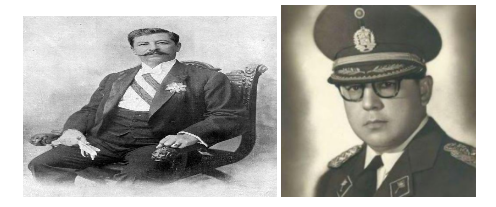
Juan Vicente Gómez and General Marcos Pérez Jiménez:
Prior to the completion of the first oil field on 15th April 1914, Venezuela was a ‘Banana republic’ or a Country which is politically unstable because of dominance of a foreign country which was Spain. Even after independence, it followed the primitive policies especially exclusionary mercantilist and regulatory policies which kept it in a poor state. Oil discovery in early 20th century led the industrialist class to open oil markets internationally and attract foreign investments. This was the beginning of a liberal market economy. The dictator during the era, Juan Vicente Gómez allowed industrialists, domestic or foreign to exploit oil reserve, immigration of labourers from Italy, Portugal and Spain, set up a system of strong property rights which led to substantial economic growth. Venezuela established itself as one of the most prosperous Latin American country by the 1950s. His successor, General Marcos Pérez Jiménez continued the policies set up by him. He opened the doors for foreign investments and also the pricing system was based on market mechanism and not decided by him in most of the sectors. At this point, Venezuela was at the fourth place in terms of per capita GDP worldwide.
However, the dictators directed the activities and their regime was characterised by heavy political repression and capitalist structure of the economy with state intervention in strategic industries. This enraged many left-leaning activists and in 1958, with the help of sympathetic military, they seized power from the hands of Pérez Jiménez and imprisoned him.
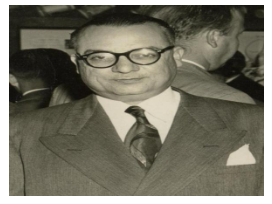
Rómulo Betancourt:
Following this event, the general elections were held and Rómulo Betancourt assumed presidency from 1959 to 1964. In 1961, the constitution was established with the division of the government into executive, administration and judiciary. Then came into picture, the Punto Fijo Pact. It was an agreement between the three main political parties in 1958, Acción Democrática (AD), COPEI (Social Christian Party), and Unión Republicana Democrática (URD). This pact was a written guarantee that the signing parties would respect the election results, prevent single-party hegemony, work together to fight dictatorship, as well as an agreement to share oil wealth. It later led to the dominance of politics by AD and COPEI. As oil revenues began to decrease in 1980s, the AD and COPEI began to increasingly resort to violence to maintain support as the public began to question the legitimacy of their control on power. Oil revenues had provided the funds to pay off those who would otherwise oppose the parties. Without those funds, the AD and COPEI were unable to sustain their power without reverting to violent oppression of its rivals. Hence what began as democratic deepening began to deteriorate. This drew public outrage for the pact.
Rómulo Betancourt’s vision was to manage economy through central planning and phase out private sectors. He was of the opinion that entire oil sector should be under the state’s control so that the country would be free from any foreign influence and be independent. He aimed at nationalization of petroleum sector and use the revenue to finance cheap gasoline, healthcare services, and free education at all levels and such welfare activities. Some of his other disquieting policies included devaluation of Bolivar, unsuccessful land reforms that led to illegal acquisition of properties and tax hikes. Venezuela started to generate fiscal deficits due to increasing social programs which then needed reparation.
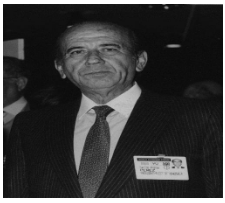
Carlos Andrés Pérez:
Pérez nationalized petroleum sector and Venezuela now was a petro state. The 1970s was a boom period with high oil prices. Pérez implemented his lavish social spending program thereby taking full advantage of the boom. This brought Venezuela under increasing levels of foreign and public debt and the oil boom party ended. Hence there wasn’t any wealth creation as whatever was earned, the state redistributed it. Had there been proper investments or savings during the all-time high oil price period, the situation would not have been this worse. As in other countries, citizens paid taxes in return of the protection and liberty given to them by the government. But under Pérez, people were bribed so as to maintain power over them. At the end Pérez handed over a mortgaged country to his successor.
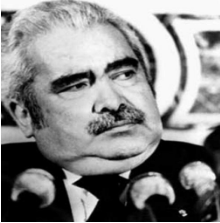
Luis Herrera Campins and Jaime Lusinchi:
As claimed by Herrera that he was given a mortgaged country, his assessment proved to be correct as the country faced ‘Black Friday’ which set a stage for further irresponsible fiscal decisions down the line. His administration responded to it with strict exchange controls and established an agency to called ‘Differential Exchange Rate Regime which created a multi-tier system. However, there were many flaws in his system and during Jaime Lusinchi regime there were many corruption scandals emerging out of it due to misuse of the multi-tier system by the political class. The system was later abolished in 1989.
Pérez Again:
The same leader who was responsible for the collapse of the economy was entrusted the responsibility to mending the situation. Pérez promised people to get the prosperity of 1970s back in 1988 and hence made a half-hearted attempt to mend the economy with the help of IMF. The reforms suggested included tax hikes, flawed privatization, marginal spending cut which were too much for his own party. There were protests against Pérez government policies. This led to ‘Caracazo’ incident in 1989 which left hundreds dead due to riots, lootings and protests. Chávez taking advantage of the situation carried out an anti-government movement which failed in 1992 and was imprisoned for the same. These agitations put the Punto Fijo model into questions. The rising degrees of social unrest and corruption charges in 1992 finally put an end to Pérez’s administration.
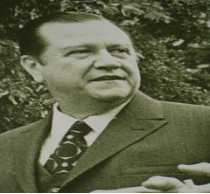
Rafael Caldera:
Not much changes were observed during his regime as he only implemented IMF’s half measures ignoring important issues like privatization of oil industry, poverty, bad monetary policies and such other structural problems. He even pardoned Hugo Chávez in 1994.
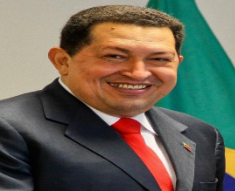
Hugo Chávez:
Venezuela crisis is a result of years of economic mismanagement then by Hugo Chávez’s government and now by Nicolás Maduro. In basic macroeconomic management, Hugo Chávez is termed as one of the most disastrous leaders in the world. He called his governing approach as “Socialism of 21st century”. His policies were meant for the poor. He used the money from oil export to finance education, provide food and medical facilities. All this sounds pretty good but was going to put Venezuela in a difficult situation in long-run and that is what happened. Venezuela today is in an impossible situation where it is running out of money. In order to build strong international relations, Chávez sold oil on conditions of preferential payment to state belonging to Petro Caribe alliance. Terry Lynn Karl, a political scientist, called his policy- ‘Patronization’- making the spending of oil money your government’s main purpose, even after the oil money starts to run out. The condition in Venezuela is said to be his crisis even though he isn’t around anymore. Venezuela’s revenue from oil export reduced due to a fall in its oil production capacity. Chávez had taken over Petróleos de Venezuela (PDVSA) in early 2000s and kicked out 40% of company’s workforce after a strike. The country wasn’t falling short of oil, but PDVSA was lacking the expertise to take out oil. Also he demanded control over PDVSA joint ventures with foreign oil companies. The production thus dropped to 3.3 million barrels per day in 2006 to 2.7 million in 2011. Hence the seed of crisis were sown back in 2008 when despite oil prices being at all-time high, the production was falling and the one to be blamed for the same is Chávez. After his death in 2013, his successor Nicolás Maduro came to power and walked on the same path of socialism as Chávez.
By Nidhi Rajgor
Image Source: Pinterest
Reference links:
How Hugo Chavez trashed Latin America’s richest economy
Venezuela: Forty years of economic decline
Chavez leaves Venezuelan economy more equal less stable


